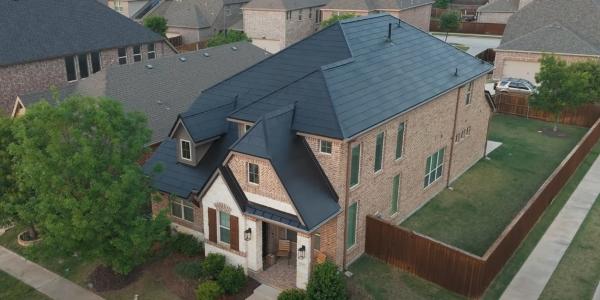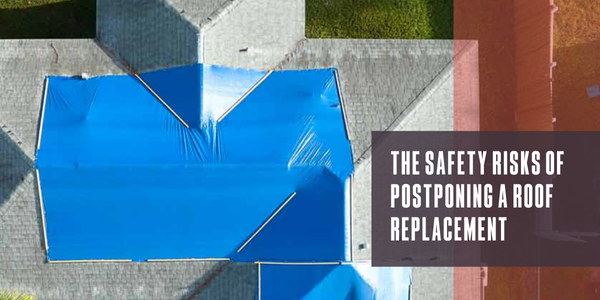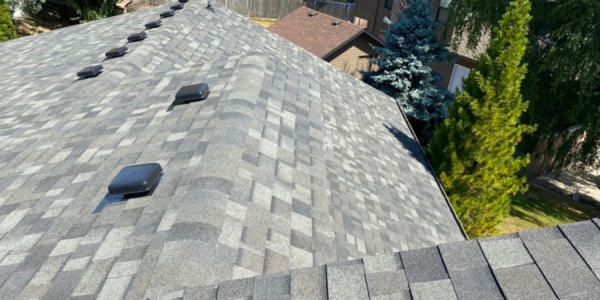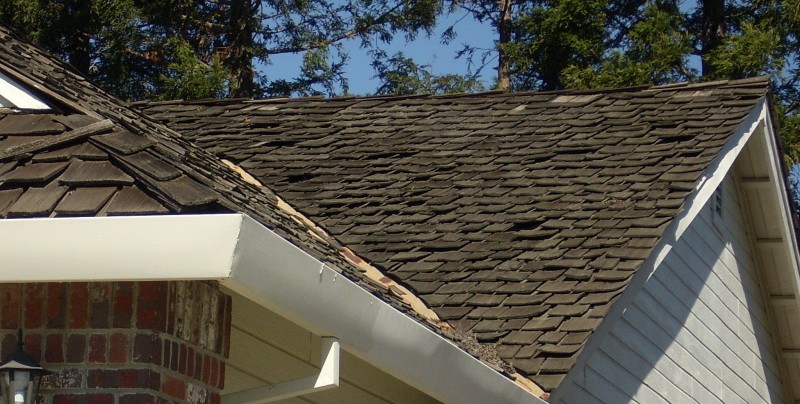20 roof inspection myths every homeowner should know
May 7, 2025 at 6:00 a.m.By Nick Post, KPost Roofing & Waterproofing.
Clearing up these common myths could save you thousands in repairs and protect your home for years to come.
Homeowners love to assume that if their roof isn’t leaking, there’s not a problem. But that mindset is one of many fallacies keeping people from protecting their biggest investment. In an era of rising repair costs and extreme weather, skipping or delaying a roof inspection can be a costly mistake. From bad advice passed around online to flat-out misunderstandings, misinformation about roof inspections is everywhere — and it’s time for us here at KPost Roofing & Waterproofing to set the record straight.
1 – Insurance companies don’t cover roof inspections
Good news: if your homeowner’s insurance requires a roof inspection, they’ll typically cover the cost. In many cases, you might pay little to nothing out of pocket. Always check with your insurer to confirm coverage.
2 – Roof inspections are always expensive
Worried that a roof inspection will cost you a fortune? In many cases, they’re more affordable than you think — and sometimes even free! Many roofing companies, including ours, offer basic inspections at no cost when combined with repairs or other services. Reach out to our team today to learn more and schedule your inspection!
3 – Roof inspections are only necessary after storms
While inspections after a storm are crucial to assess potential storm damage, annual roof check-ups can uncover minor issues — like small leaks or damaged shingles—before they escalate into costly problems.
4 – DIY inspections are just as good
Climbing up on your roof might seem like a cost-effective solution, but professionals are trained to spot hidden issues you could miss. For your safety and peace of mind, schedule an annual professional inspection.
5 – Inspections only find leaks
Roof inspections are about more than leaks. Professionals look for ventilation problems, structural damage and other issues that impact your roof’s lifespan and efficiency.
6 – You can only schedule inspections in warm weather
Roof inspections happen year-round! However, extreme winter weather — like snow or ice — can delay the process. Plan ahead to ensure your roof gets the attention it needs.
7 – New roofs don’t need inspections
Even brand-new roofs benefit from inspections. Storm damage, installation errors or material defects can occur, and a professional inspection ensures your investment is protected and roof repairs happen before problems escalate.
8 – No visible damage means your roof is fine
Just because you can’t see damage doesn’t mean your roof is problem-free. Professionals can detect subtle issues, such as punctures or worn materials before they turn into major headaches.
9 – All roofing materials are equal
Not all roofing materials offer the same durability or performance. A professional can help you assess the condition and longevity of the materials on your roof and recommend solutions if they’re wearing out faster than expected.
10 – Roof inspections don’t include gutters
A thorough inspection includes checking your gutters. Professionals ensure they’re securely attached and free of debris to maintain proper water drainage.
11 – Inspections aren’t necessary before roof replacement
Before replacing your roof, an inspection can uncover hidden issues like insulation gaps or ventilation problems that should be addressed for the best results.
12 – Only inspect your roof when something goes wrong
Annual inspections are proactive, helping you catch small problems before they become emergencies. Think of it as routine maintenance for your home’s most important shield.
13 – Any contractor can inspect a roof
Roof inspections require specialized knowledge. Hiring a licensed roofer ensures you get an accurate assessment from someone trained to identify roofing-specific issues.
14 – No warranty, no inspection needed
Even if your roof is out of warranty, regular inspections can help you plan for repairs and replacements, saving you money in the long run.
15 – Roof inspections are only for older homes
New homes can have roofing issues too, especially if materials or craftsmanship don’t meet quality standards. Inspections ensure your roof is ready to weather the elements.
16 – Certain climates don’t require inspections
No matter where you live — humid, dry, cold or hot — weather impacts your roof. Schedule yearly inspections to stay ahead of any damage caused by your local climate.
17 – Inspections are just for single-family homes
Roof inspections benefit all types of homes, from duplexes to townhouses. If there’s a roof over your head, it needs attention.
18 – Inspections only check for damage
Roof inspections provide a full evaluation of your roof’s condition, from craftsmanship quality to estimated lifespan, offering valuable insights about your home’s long-term protection.
19 – Inspections take all day
Most inspections take just one to two hours, depending on the size and complexity of your roof. You’ll quickly know your roof’s condition and what steps to take next.
20 – No need for an inspection before selling a home
A roof inspection before selling adds value and reassures potential buyers. It also gives you time to address any repairs or upgrades to boost your home’s marketability.
Original article and photo source: KPost Roofing & Waterproofing
Learn more about KPost Roofing & Waterproofing in their Coffee Shop Directory or visit kpostcompany.com.














Comments
Leave a Reply
Have an account? Login to leave a comment!
Sign In